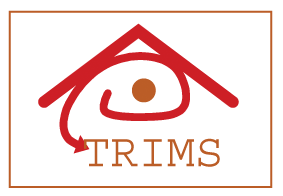 |
|


|
| project results: |
The Role of Sequences for Incremental LearningSusanne WenzelDepartment of Photogrammetry University of Bonn October, 2009 In this work we point out the role of sequences of samples for training an incremental learning method. We define characteristics of incremental learning methods to describe the influence of sample ordering on the performance of a learned model. We show how to find sequences of classes for training just based on the data to get always best possible error rates. This is based on the estimation of Bayes error bounds.  Assuming we know the distribution of feature x for two classes. The Bayes error corresponds to the area under the graphs were both distributions overlap, see left figure. We can estimate bounds of Bayes error using a k-nearest-neighbour-classification, thus without any knowledge about the data distribution.
It can be shown that no classifier can get better results than the lower bound of Bayes error.
Assuming we know the distribution of feature x for two classes. The Bayes error corresponds to the area under the graphs were both distributions overlap, see left figure. We can estimate bounds of Bayes error using a k-nearest-neighbour-classification, thus without any knowledge about the data distribution.
It can be shown that no classifier can get better results than the lower bound of Bayes error.Based on the estimate of bounds of Bayes errors for all combinations of classes we found sequences of classes that always give best possible performance in terms of error rates. For the example data set of different window classes, shown on bottom, we found the following class sequences for different number of classes for initialization, e.g. :

References
|